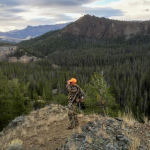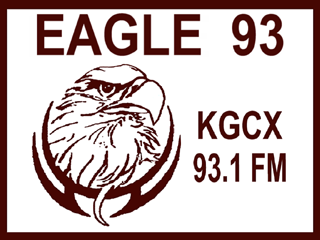
Fall marks the beginning of hunting season on public lands, which is also a good time for a reminder on being a respectful hunter.
It is vital to respect private property rights by avoiding inadvertent trespass. Land status maps are available for purchase at each Bureau of Land Management and Forest Service office. They should be used for any trip off the beaten track, as well as for navigation across BLM-administered roads.
GPS devices can make excellent navigational aids. However, they should be used in conjunction with land status maps, rather than as a substitute. Avoid hunting close to property lines, as wounded animals may cross onto private property before they can be recovered. If in doubt about the exact location of property boundaries, err on the side of caution.
In general, a 14-day occupancy limit within a 28-day period applies across for any eligible camping location on federal land. The 14-day limit may be reached either through several separate visits or through 14 days of continuous occupation during the 28-day period. After the 14th day of occupation, campers must move outside of a five-mile radius of the previous location.
In addition, no person shall leave personal property unattended on public lands for a period of more than 72 hours. Unattended personal property will be counted toward the 14-day camp limit.
When you’re planning your hunting excursion, remember that it’s not always possible to retrieve downed game with a vehicle, so bring a game cart, pack frame, capable friend or horse to help. Driving off roads and trails to retrieve game within 300 feet of an existing road when no resource damage will occur, including degrading soil, damaging vegetation or archaeological sites, or creating ruts when driving on wet soils, is permissible in some areas. Information on the specific restrictions in your area is available at the nearest BLM office.
Do your part to prevent wildfires by practicing fire safety and checking for fire restrictions in your area. Ensure your fire is “dead out” before going hunting or turning in for the night. In addition, all OHVs are required to have a Society of Automotive Engineers approved spark arrestor. Nothing can ruin a hunt more than burning a favorite area due to neglect. For a list of active fire restrictions, visit www.blm.gov/Wyoming-fire-restrictions.
If you suspect violations of land-use regulations, do not risk escalating the situation by personally contacting the violator. A safer way to resolve the situation is to write down the license plate information if possible and contact appropriate law enforcement. You may also call 1-888-358-2310. The BLM offers a $250 reward for information leading to the conviction of any person damaging public lands through OHV violations, vandalism or any other criminal activity in the state of Wyoming.
This article originally ran on montanauntamed.com.
